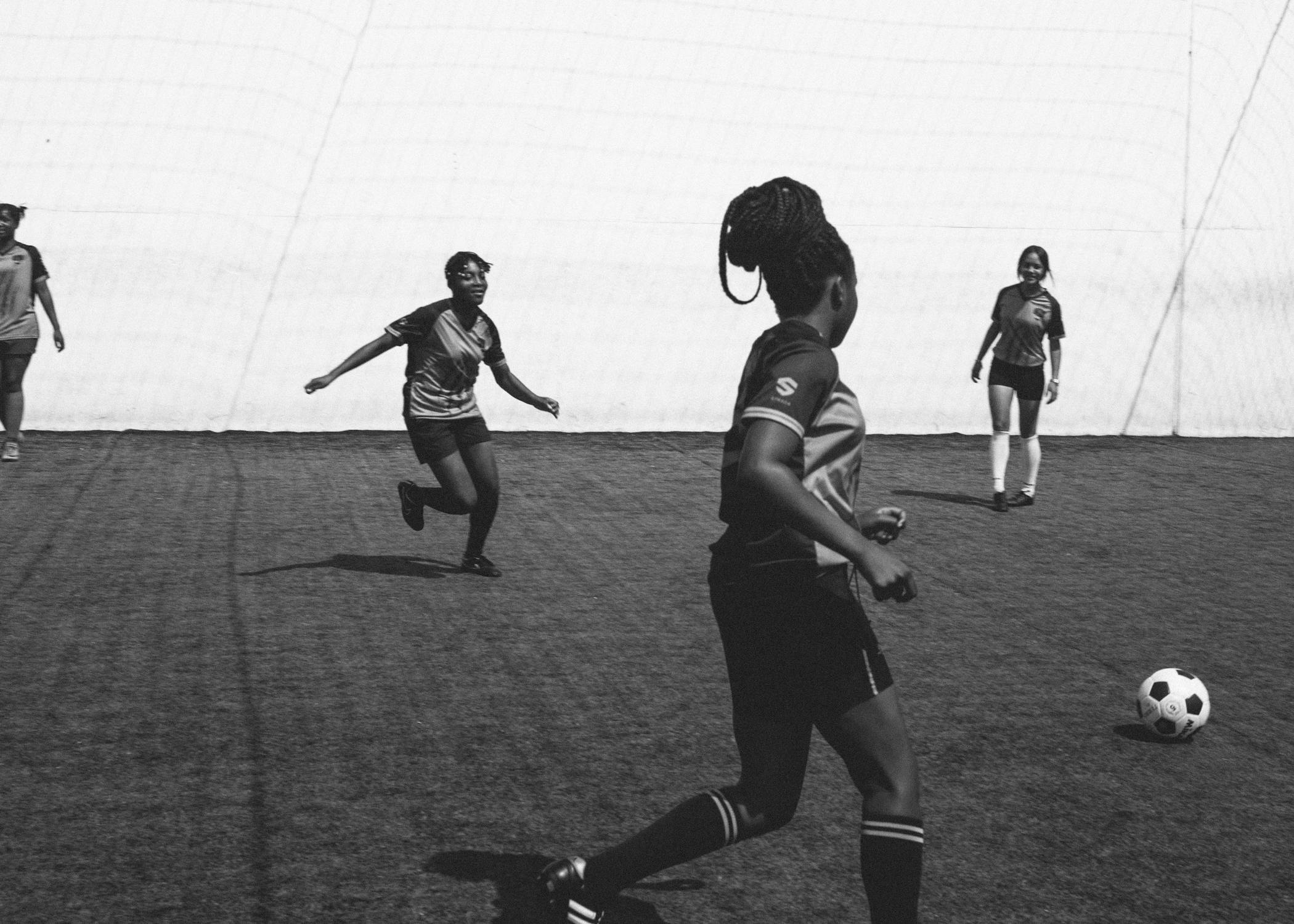The principle of variance at first glance may seem counter-intuitive when it comes to conditioning athletes. However, team sport athletes encounter wide and varied stimuli within the context of competition in their sport. When you actually analyse the nature of these sports and the needs of the athletes, it makes perfect sense not to implement segmented training strategies.
Conventional training suggests that an athlete performs separate sessions for strength, power, speed and endurance. This is usually conducted within the confines of a set programme with progression. Makes sense right? Well sort of. Athletes need this specific training, however they need to apply it under circumstances they might encounter within their chosen sport. This is more specific to this type of athlete than a programme.
So what is variance?
Variance means continuous variation of the training stimulus from one session to the next. This can be seen in training methodologies such as CrossFit and our own Personal Evolution methods. Each and every workout is different from the last. It is not often you will encounter the exact same workout within a short period of time.
Now this sort of training may seem somewhat random and a hit-and-miss approach, but not if it’s applied intelligently. You wouldn’t just go out and get team sport athletes doing random, irrelevant drills and exercises. The training still needs to utilise the energy systems and movement patterns that are applicable to their sport. Soccer players need to run a lot, so the varied training sessions will include strength and conditioning, but it will also include a lot of running in an endless combination of drills. A rugby player tackles, jumps, gets tackled, drives scrums etc. This athlete needs a lot of strength, speed and power workouts.
So how do you apply variance in an athletes conditioning programme?
- First of all identify the movement patterns they need to develop and the energy systems constantly used within the context of competition.
- Begin creating workouts that utilise these patterns in a constantly varied fashion. One day you might be doing Olympic lifts for high reps, the next might be a timed workout with four or five different exercises performed continuously at high intensity, the next day could be maximum dead-lifts using single reps.
- Begin with a build-up phase, don’t just jump straight in. This sort of training can be potent and may result in injury if the athlete is not prepared.
- Have each athlete record their results in a note book. This goes for timed workouts, loads lifted etc. They can then track their performance over time.
Remember, intensity is the primary variable to aim for here. Intensity is what controls the adaptations that take place, more so than frequency, type and duration.
Variance is king, apply it intelligently, track progress and train as hard as possible. This will result in athletes being prepared for anything and everything.
For specific information visit us at http://www.endlesshumanpotential.com







